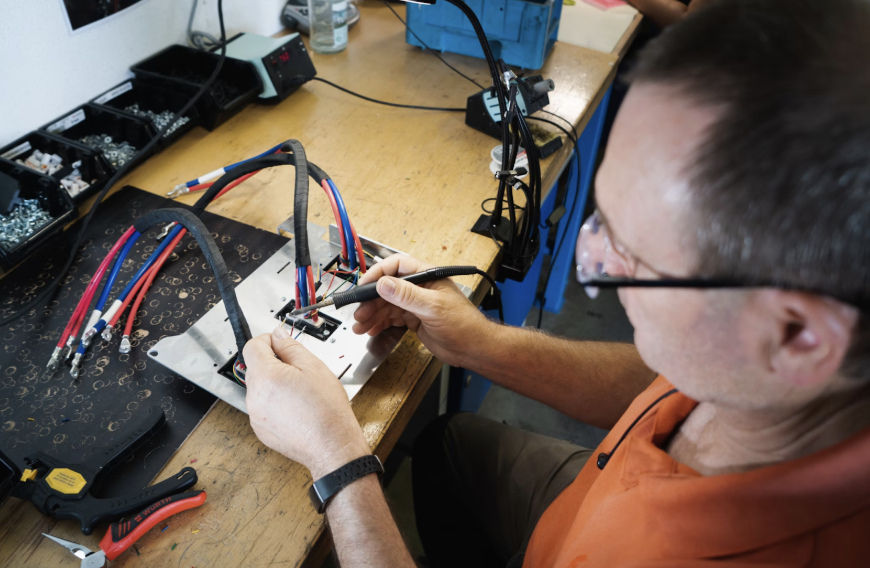Construction vehicles are mainly used to aid in the creation of new, large structures. However, these vehicles have begun to be a prominent feature in crimes as tools and getaway vehicles. From ripping ATMs out of the ground to running into porches, cranes and bulldozers seem to be the new go-to crime vehicles.
From North Carolina to Spain to the United Kingdom, construction vehicle hijacks have played a large role in criminal operations. Typically, after stealing a vehicle criminals will run them into nearby ATMs in an attempt to release the money within. Although the suspects are often caught, they cause a large amount of collateral damage as they damage roads and walls while extracting the ATMs.
In Spain specifically, an entire criminal organization was apprehended after hijacking crane trucks. The thieves would use their stolen machines and reflective vests to pose as construction workers performing road maintenance. While they distracted the public, the crane truck would break down walls and rip the ATM wires out. Once the ATM was lose, the workers would transport the machine elsewhere to retrieve the contents. This continued until one of the stolen trucks was impounded by the Spanish police. The police apprehended the criminals, and with the arrests recovered both the stolen truck and around $107,000 worth of euro banknotes.
Construction vehicles are not just tools for theft, however, as many have found them to be ideal weapons for vandalism. In Florida and Ohio excavators and bulldozers were used as battering rams to vandalize buildings. In Florida specifically, the criminal caused $2 million worth of damage to infrastructure as he drove around breaking telephone poles. The crime spree ended with the excavator being rammed into a nearby Walmart. These rampages are not just unleashed on the public, however, as even neighborhoods have been targets of bulldozer rampages. In Ohio, the police were on the search for a man who, after ramming a bulldozer into a neighborhood home, drove away before continuing to flee on foot.
With construction vehicles being in the forefront of theft and vandalism, people are wondering how this machinery could be stolen so easily. Well, although a few are due to elaborate plans, most thefts occur due to the lack of security and their ease to hide.
Construction sites are usually encased in fencing to avoid the public from entering a dangerous area. Although in theory this would also prevent criminals from stealing machinery, many fences are left unlocked or with openings that criminals can easily maneuver through. Sites are also checked rarely in times of low activity, which is why most thefts happen in January. Not only have the vehicles proven to be easy to steal, but they also are relatively simple to conceal.
Despite their large size and bright colors, most vehicles in a construction site lack identifiable features such as serial numbers. The few that do usually contain easily removable features such as decals or license plates, making them an easy target for thieves.
Construction crimes will likely continue, as criminals have a high incentive to steal machinery. From petty crimes to elaborate schemes, the rewards criminals can receive for hot wiring these vehicles will make them persistent in future endeavors.
However, companies should still make an effort to reduce the crime rate in their construction zones. Just increasing the number of site inspections per year and adding locks to all gates and vehicles would greatly deter thieves from entering the compounds. Along with decreasing robberies, adding unique engravings or chips to machines would aid in tracking stolen goods.
Unfortunately, as long as companies fail to implement new security measures for their compounds, construction sites will continue being a playground for criminals.










































































